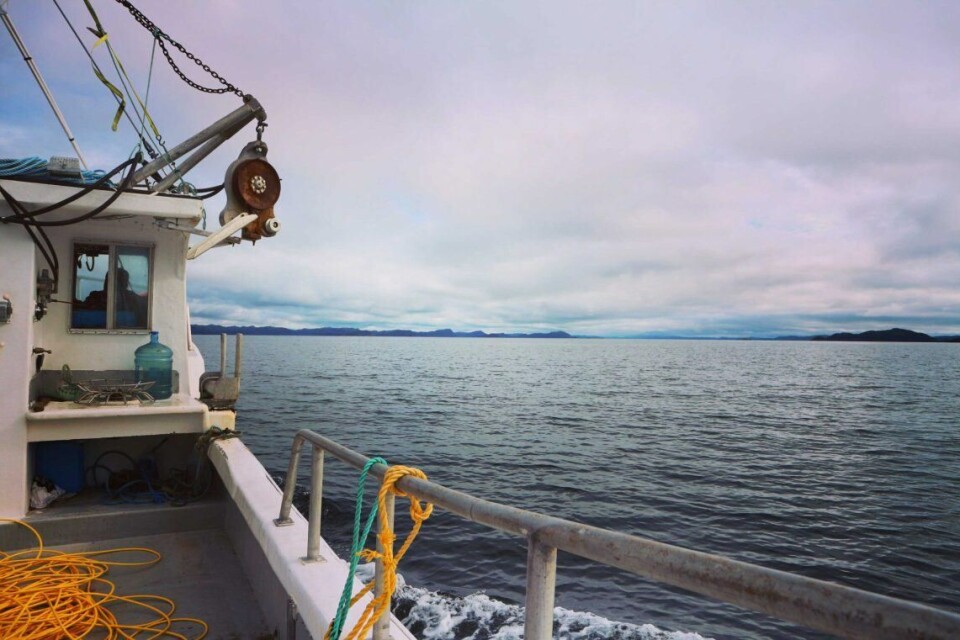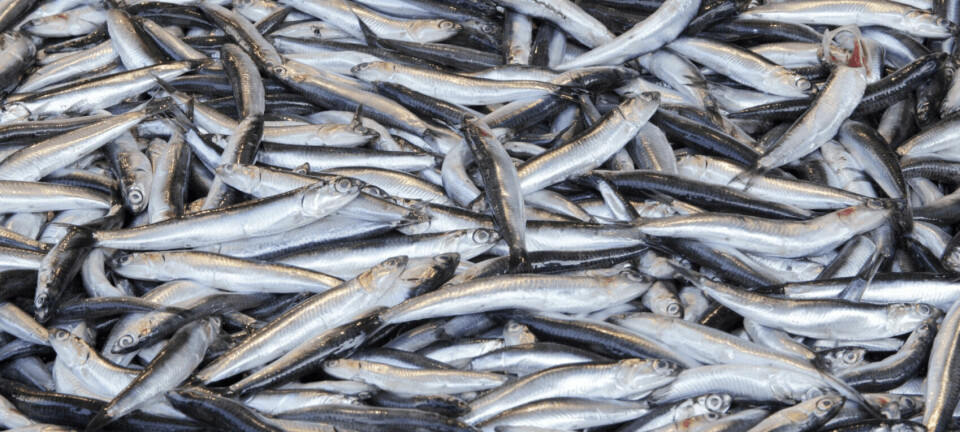
Five new licences take Grieg’s NL capacity to 30,000 tonnes
Norwegian salmon farmer Grieg Seafood has been granted five new farming licences in Newfoundland, taking its total number of licences in the Atlantic Canada province to eight.
The eight licences correspond to a production capacity of up to 30,000 tonnes of annual harvest in Placentia Bay.
“This is another important milestone on our journey of sustainable growth,” said Grieg Seafood chief executive Andreas Kvame in a press release. With these five new licences we have come one step further in the development of a new farming region in Newfoundland.
“With close proximity to the important US East Coast market, the Newfoundland farming operations is core to our 2025 strategy. Here, we aim for global growth, cost leadership in the regions where we operate and value chain repositioning, evolving from a supplier to an innovative partner for selected customers in the US and European markets.”
15,000 tonnes by 2025
Farming activities in the Newfoundland region are expected to contribute 15,000 tonnes of annual harvest by 2025 and have a long-term annual harvest potential of 30,000-45,000 tonnes. The first harvest is expected to be in 2022/2023.
Grieg Seafood Newfoundland has long-term exclusive farming rights to the Placentia Bay area. The project comprises 11 licences. The remaining licences are in different stages of application.
“We will build the Newfoundland region step-by-step and in line with best practice from our best performing operations in our Norwegian regions,” said Kvame.
Fish welfare
“We are committed to farm with as low environmental impact and as high fish welfare as possible, and to contribute to local jobs and value creation in the Marystown area. It is important for us to be a good partner to the local communities and local authorities to create value for all.”
A recirculating aquaculture system (RAS) fresh-water facility, including hatchery, nursery, smolt and post smolt divisions, is currently under construction in Marystown, using technology supplied by Israeli RAS expert AquaMaof. The first eggs were placed into the hatchery in March.




















































